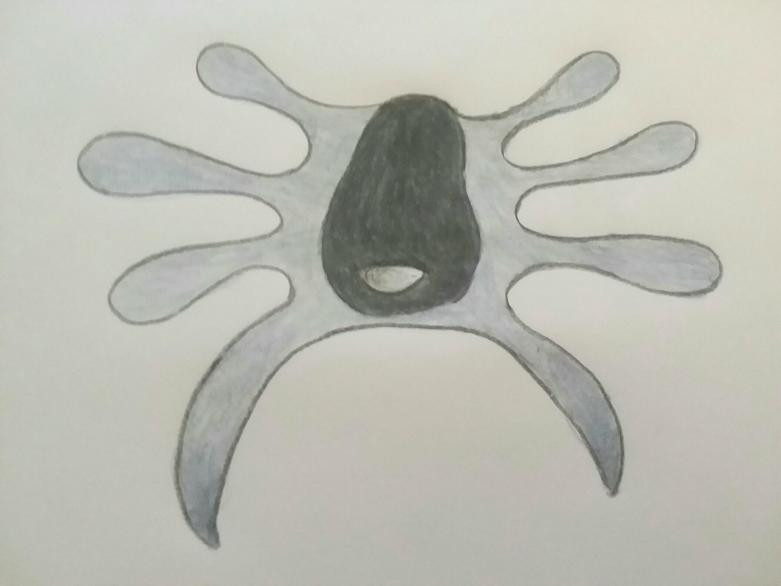HOME | DD
 echo1085 — Moonbug
echo1085 — Moonbug

#lunaris #moon #organism #speculative #moonbug #xenobiology #evolution
Published: 2020-11-27 14:41:15 +0000 UTC; Views: 846; Favourites: 4; Downloads: 0
Redirect to original
Description
Scientific name of organism-supersubtrepsi insecusimilus
Description of it's Environment- The moonbug inhabits sheltered semi-terrestrial places. They dwell within coves, lagoons, tidepools, atolls, and small coastal islands of the stormlands and semi stormlands.
Size- the largest and oldest can reach two inches long
What is it descended from- the paddlefoot
What does it eat- Its first two legs are equipped with venemous spikes which can be used to strike and immobilize its prey before bringing it to it's mouth to be swallowed whole. While they stay on land for hours at a time to escape predation, they must return to the water to hunt.
Reproduction- During reproduction they will gather en masse to divide part of their back ends, depositing the unfertilized sacks onto moist shorelines. After this, they will do something interesting- they change into their males forms, which then release another portion of their posterior end onto an egg sack laid by a different female. The embryos {known as a knelix} then fuse together to become a new moonbug. They will spend two weeks as an aquatic larvae.
Description- This small, insect-like critter crawls about on its highly sensitive appendages, which can detect movements in water, air currents, and vibrations in the ground due to small pores dotting its legs. These organisms have a soft patch on their chest which they can use to take in oxygen, and they must keep it damp in order to continue breathing.
How does it cope with winternights?- Moonbugs carry on their life and reproduction as usual during most of the year {as they can produce multiple generations annually}, but during late falldusk they enter a sort of hibernation, entering little underwater burrows in sheltered, calm waters, awaiting the next springdawn. Once they leave their burrows, they reproduce one last time before collectively dying from starvation. The next generation will then produce many more moonbugs before the same happens to them.























